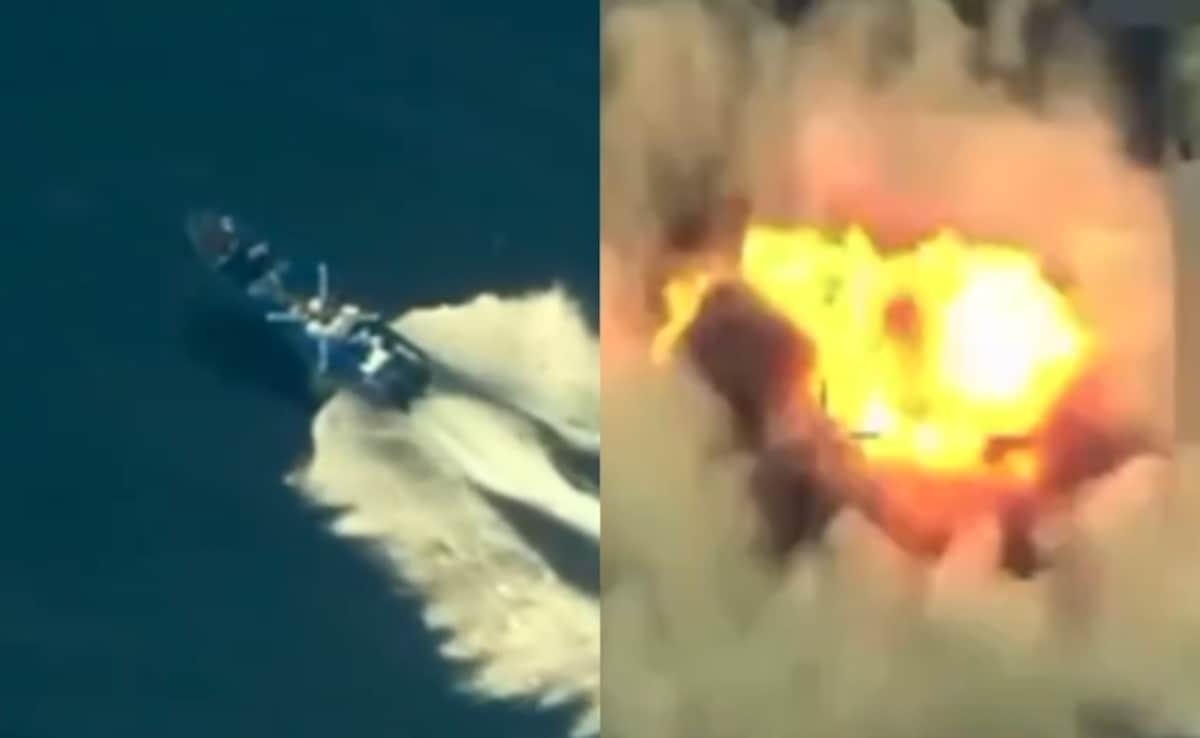The Red Crescent, a Muslim organization equivalent to the Red Cross, posted images it said showed bodies floating in the Mediterranean Sea with its workers putting them in black burial bags.
The bodies were then taken to the morgue of Khoms hospital, said Dr. Osama al-Saket, the hospitalâs director. He said their burial was a challenge to local authorities given the large number of bodies.
âThey mostly can deal with one or two bodies, not as today,â he said.
The dead migrants likely drowned in recent shipwrecks off Libya. There has been a surge in crossings and attempted crossings from Libya as authorities accelerated their deadly crackdown on migrants in the capital of Tripoli.
Around 1,500 migrants have drowned in boat mishaps and shipwrecks on the route across the central Mediterranean this year, according to the U.N. migration agency.
Earlier this month, more than 160 migrants drowned in two separate shipwrecks off the North African country, the International Organization for Migration said.
Libya plunged into turmoil by the NATO-backed 2011 uprising that toppled and killed longtime dictator Moammar Gadhafi. The North African nation has since emerged as a popular, if extremely dangerous, route toward Europe for those fleeing poverty and civil war in Africa and the Middle East.
Human traffickers have benefited from the chaos in the oil-rich nation, smuggling migrants through the countryâs lengthy border with six nations. They pack desperate migrants into ill-equipped rubber boats, then embark on risky voyages through the perilous Mediterranean Sea.
Those returned have been taken to detention centers rife with abuses, including forced labor, beatings, rapes and torture. The abuse often accompanies efforts to extort money from families before migrants are allowed to leave Libya on traffickersâ boats.
U.N.-commissioned investigators said in October they found that the practice of arbitrary disappearances and violence against migrants inside Libyan prisons could amount to crimes against humanity.
.png)










 English (United States) ·
English (United States) ·  Turkish (Turkey) ·
Turkish (Turkey) ·